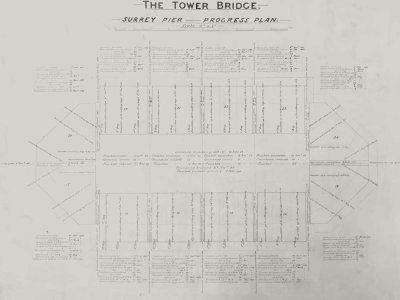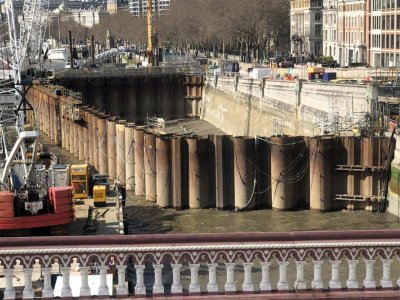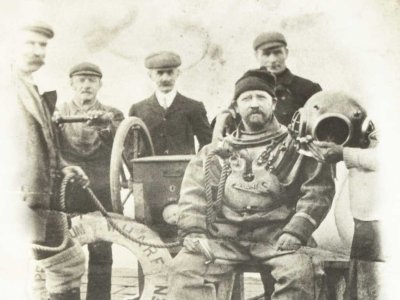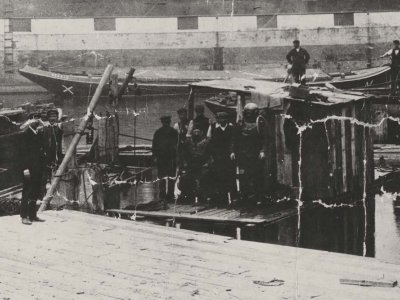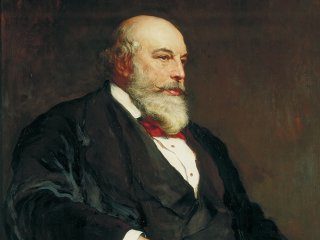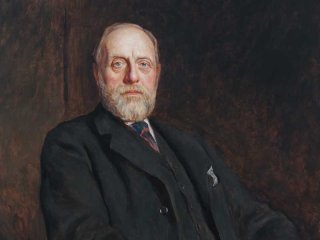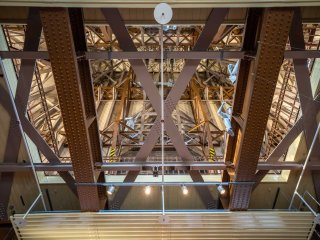The historic divers of Tower Bridge
As you take the stairs up the North Tower inside Tower Bridge, there is a display which stops most of our visitors in their tracks. Guests are greeted by a life-size Victorian diving suit and diving paraphernalia alongside a film showing the descent of one such historic diver.
The question that springs to mind is: what do divers have to do with the Bridge?
